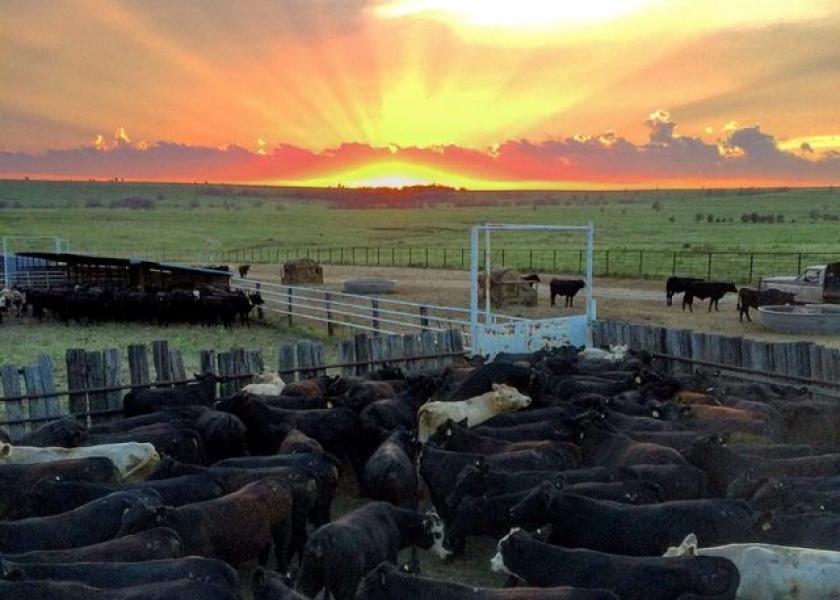Derrell Peel: USDA Cattle Inventory and Cattle on Feed

Last Friday USDA released the July Cattle on Feed report. Feedlot placements in June were 1.8 million head, 102.1% of last year. June marketings were 1.97 million head, up 1.3% year-over-year. Both placements and marketings were close to pre-report expectations and no major market reaction is expected.
The July 1 on-feed inventory was 11.44 million head, very close to year ago levels. The report also provided quarterly information about steer and heifer inventories in feedlots on July 1. Steers were fractionally higher than last year while heifers on feed were down 1.5% year-over-year.
The industry is looking for a couple of pieces of information from this report. The first is an indication of the current status of feedlots relative to the backlog of fed cattle that developed in April and May. The calculated estimates of cattle on feed over 120 days is still very large compared to last year but the difference has decreased by some 160,000 head since May. It appears that the backlog is decreasing but a sizable number of cattle remain to be cleaned up before feedlots will be current. In the January – April period, feedlot placements were down just over million head year-over-year
The cattle on feed report may also indicate some regional drought impacts. June placements were large year-over-year in both Texas and Colorado and both states showed an increase in placements under 700 pounds. In fact, the 8.8% year-over-year increase in placements under 700 pounds in the report is entirely accounted for by increased lightweight placements in Texas and Colorado.
USDA also released the July Cattle report providing a mid-year indication of cattle inventories and the 2020 calf crop. The report does not show any dramatic changes in the overall trajectory of the cattle industry at this point in the year.
Interpretation of the numbers is a bit challenging because the continuing backlog of fed cattle must be accounted for in the numbers. The overall cattle and calves inventory was fractionally up from last year but likely would have been down slightly in the absence of the feedlot backlog.
Both the beef cow and calf crop numbers were down less than one percent year-over-year. Beef replacement heifers was even with year earlier totals. The beef cow inventory is 32.05 million head and beef replacement heifers total 4.4 million head. The 2020 calf crop is estimated at 35.8 million head. Using the various feeder inventory estimates, the calculated feeder cattle supply is 37.4 million head, up 0.8% year-over-year.
This report was anticipated, in part, to see if it provided any indications that the industry is liquidating in the aftermath of the turmoil and market shocks of recent months. The slow decrease in beef cow numbers is consistent with the January pace and, combined with stable replacement heifer numbers does not indicate any accelerated liquidation at this point.
The second half of the year may tell the tale as cow-calf producers react to fall calf market conditions. Overall, it appears that cattle numbers continue a slow tightening of inventories going forward.







